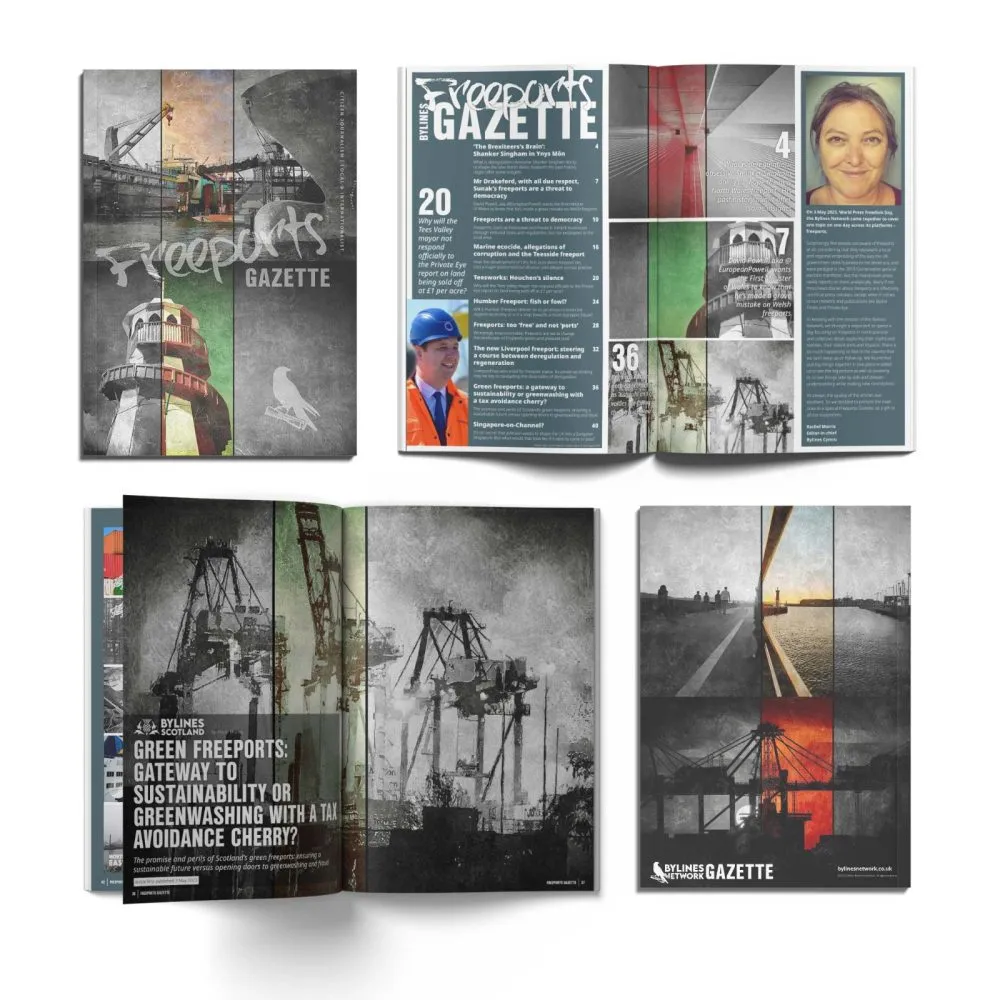The myths and legends of the Peak District have endured for hundreds of years and one Sheffield writer and artist is ensuring they will live on. Comprised of local tales and bespoke artwork, Folks: Book One brings together the rich storytelling history of the Peaks with a modern perspective.
Joe Winstanley talks about his inspirations, craft and what makes the Peak District special.
“The idea had been bubbling up for quite a while. I have been doing paper art and miniature art for six or seven years, but I wanted to bring my visual art and creative writing together. I’ve always been interested in folk stories, and how things like anthropology and sociology apply to where I call home, but I noticed there were story-telling gaps in the Peak District.
“The Peaks were not being represented and that was a crying shame. I felt at that moment if no one else was going to do it, then I would.”
A journey through time
Winstanley embarked on a journey that would take 665 days to complete as he gathered together the stories and tales he needed to put into the book. He trawled through books and maps, local archives, and spoke to the Peak locals to hear their tales.

“I love finding out about the history of the Peaks, and I am finding out more about what came before me and what influences me. Soaking up all that reading made me want to do it myself. There’s loads of great stories here that deserve to be preserved.”
Once Winstanley had gathered the stories he needed, he had to map them out and put them into his own words, which enabled him to diversify the stories and open up fresh possibilities.
“Through my research I noticed the vast majority of these stories were narrated from the perspective of white men, so there are gaps in the stories regarding representation which I wanted to address.
“I have tried to get more diverse voices in there, and in doing so subvert the traditional folk tales with more voices. My own experiences have influenced the stories, even though on the surface they may not seem that way. I find my own stories interweaving with those old folk tales. It’s a brilliant experience, every story is valid and deserves to be heard.”

Old stories given new life
Despite many of these stories originating centuries ago in a very different world, Winstanley found many of the themes and issues within them were still relevant, and with a little tweaking they could take on new life in the modern world.
“There are similarities to our world now as well as vast differences, and so the stories can be quite antiquated but still relevant to the modern world at the same time.
“The issues explored in these tales are still here today, just in a different form. It’s so often about the common folk and their struggles, and in adapting these stories I saw how society has and hasn’t changed.”
Along with the tales, Winstanley produced a series of photographs for the book using his experience of paper art and miniatures. The book includes a hand drawn map, created from one Peak veteran’s memory of the village in her childhood, with the old shops and buildings of her youth, although many have long since disappeared or drastically changed.
Winstanley’s mission to ensure the tales of the Peaks were not lost was at times lonely and challenging, but it represents a continued interest in folklore and the ancient traditions of our world and in particular our relationship with nature.

“I do think folk culture has become popular again. There’s always been a folk renaissance every so often, and I think it’s much more important now because we’re facing more and more hardship. People are wanting to be more in tune with nature, and what people often think is lacking more and more in the world, is in fact in nature.
“A lot of people are just tired and want change and it’s happening on a mass scale. People are accessing nature and folk culture more, and the spirit of the Peaks still endures today.”
The Peak District: a sense of belonging
The very foundation of the Peak District was one of struggle, with mass trespasses in the early 1930s forcing the creation of a National Park where people could be free to enjoy without hindrance. The most famous trespass was at Kinder Scout in 1932, where five people were arrested. In 1951, the Peak district became the first area in the UK to be designated a National Park.

For Winstanley, and many residents of Sheffield and beyond, the Peaks will always be a special place.
“It’s a spiritual home as well as my physical home. I can go away in the world but I always come back to the valley, it always draws me back in. The magic of the Peaks can’t be touched; the mystery and the spirit and the imagery of a place is special.
“There is a ritual to it, there’s that wider human connection that’s still going on now. It’s not about solving it; it’s about knowing it’s there. We can fill those gaps with stories when we want to know.”
Folks: Book One is available now, and Book Two is on the way, promising more tales and myths from the sleepy villages and green valleys of the Peak District.
We publish a regular gazette that’s now available free to all our newsletter subscribers. Click on the image to access the Freeports Gazette edition and sign up to our mailing list via the button below!







